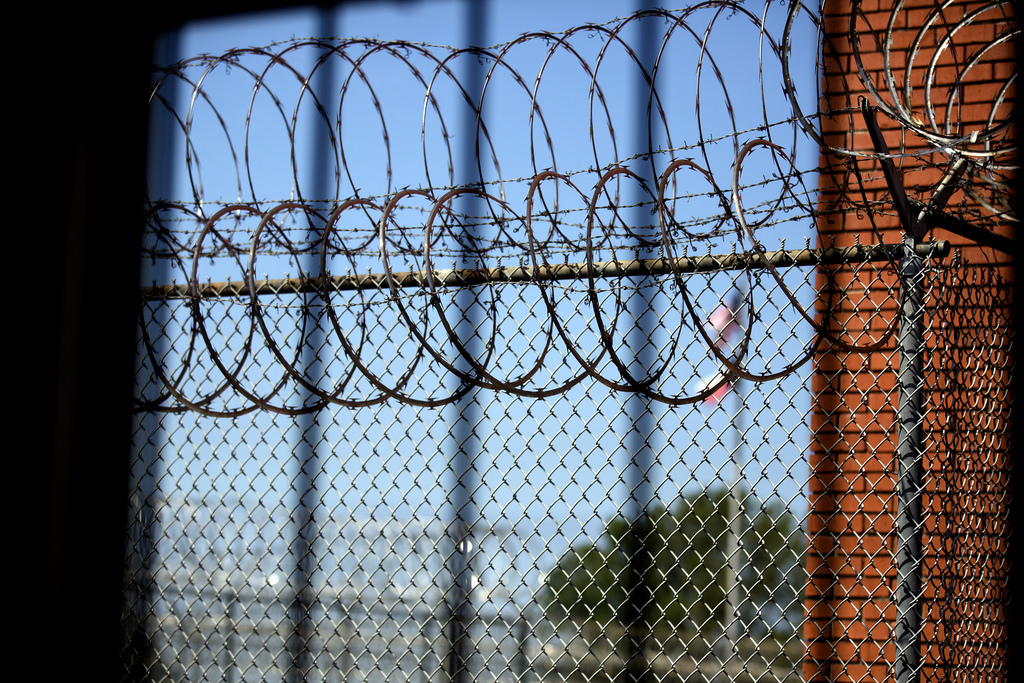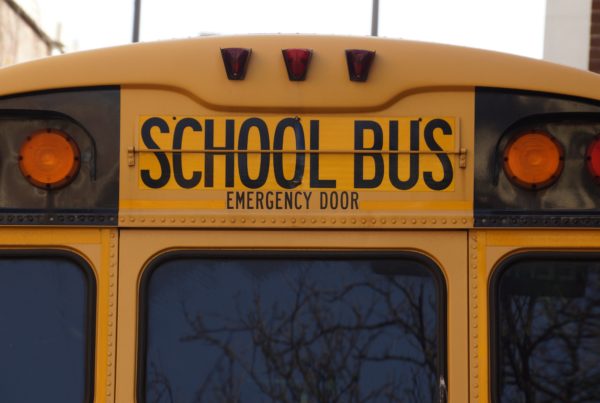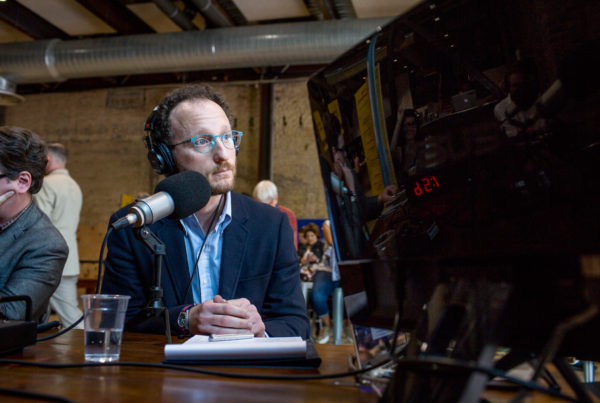Texas has long had a “tough on crime” reputation, and the numbers back that up.
Texas is seventh in the nation when it comes to its incarceration rate: 891 out of every 100,000 people are in lockup. And it has long led in number of executions, too. Since the death penalty was reinstated by the U.S. Supreme Court in 1976, Texas has executed more than 550 inmates, including two this week.
But attitudes about criminal justice reform in Texas are shifting, and lawmakers on both sides of the aisle are starting to agree that something needs to be done about the state’s incarceration rate. Doug Smith, senior policy analyst for the nonpartisan Texas Criminal Justice Coalition, says that’s because, for one thing, it’s expensive to keep people in prison.
“I think it started with costs. … We tripled our prison population over a period of just a mere 15 years,” Smith says. “And by about 2007, we realized as a state that it’s completely unsustainable, that if we continued on the path that we were gonna go, that we would have increased our population up to nearly 170,000, and we’d have to continue to build prison facilities.”
Smith says over the years, there has been some progress in reducing the state’s prison population; there are about 12,000 fewer inmates now than there were in 2012. And in that time, the state has also closed eight prisons. But Texas still leads the nation in the total number of inmates in state prisons – about 145,000 people.
“And a lot of that is driven by just antiquated drug policy. We continue to incarcerate nearly 7,000 people every year just on low-level possession cases. That we’re arresting nearly 58,000 people, we’re gobbling up county jail bed space and we’re cycling people because we deprive them of services on the front end,” Smith says.
Smith says that’s partly because of failures in the state jail felony program. That was a system created in 1993, and was meant to be an alternative to sending certain inmates, like drug offenders, to state prison. It was meant to divert that population into rehabilitative programs to reduce the likelihood of reentry into the system after release. But Smith says it was never properly funded, and those inmates ultimately didn’t have access to programs to help them.
But a rehabilitative approach, rather than a punitive one, may be coming back into favor, including among conservatives, Smith says.
“We polled about 600 conservative voters and we asked them questions about what they would like to see happen when someone was arrested on low-level charges like drug and property crimes, and by and large, more than 70 percent of those polled said they would support a lower penalty for people brought in on drug charges, and more than 80 percent favored shifting people into community-based treatment [instead of] regular confinement,” Smith says.
The “Texas Standard” has reported that lawmakers have already met this year to begin addressing problems with the state jail system. It’s expected to be a top criminal justice priority for the upcoming 2019 Texas legislative session.

















